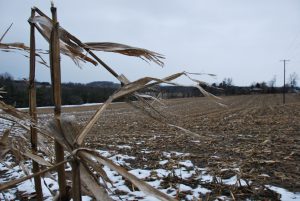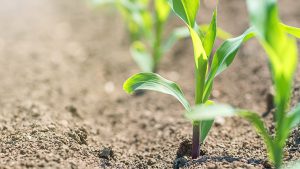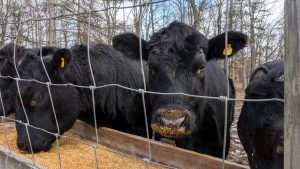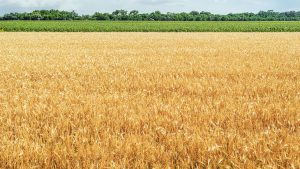Wild pigs in Ontario
POPULATION SIZE, DISTRIBUTION AND CONTROL EFFORTS
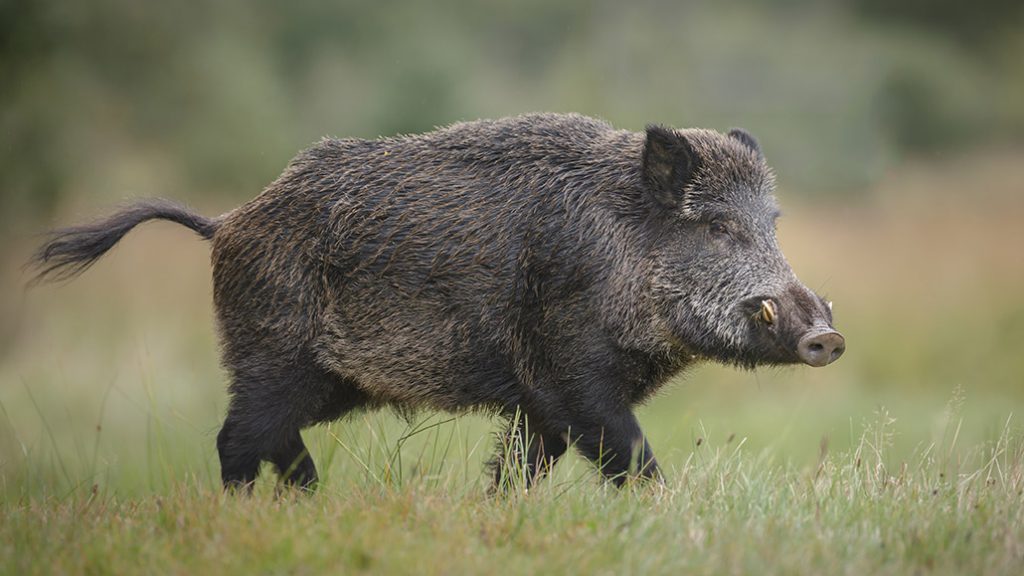
AMONG ALL THE wildlife that can cause damage to Ontario crops, from gophers to elk, wild pigs may become the most serious threat of all. However, it’s hoped that because the provincial population is not yet large, eradication may be achievable.
Wild pigs were brought from Europe to Canada about three decades ago and mated to domestic pigs to produce a marketable hybrid. It didn’t work well. Some were let go and perhaps some also escaped, but in any case, wild pigs now roam from B.C. to Quebec.
For years, Dr. Ryan Brook, associate professor at the University of Saskatchewan, has led efforts to study the country’s wild pig population through the Wild Pigs Canada Project. He and PhD student Ruth Aschin recently published research in the journal Nature showing that over the last 27 years, Canada’s wild pig population has grown exponentially. And while it’s hard for anyone to exactly determine how many pigs are in Saskatchewan or other jurisdictions, in a September 2019 CBC.ca story, Brook predicts that within his lifetime in his province, pig numbers will exceed human population (currently 1.17 million).
The successful spread of the Canadian wild pig is due to several factors. Their only serious natural predator is likely the canine variety, but wild pigs live in groups, can be aggressive, and have sharp tusks to fend off wolves or coyotes. Their large size (mostly 200 to 300 pounds but specimens on the Prairies have exceeded 600) helps them thrive in extreme cold, and they can eat a very large range of foods. Lastly, and perhaps most importantly, these animals have a high reproductive rate of about six offspring per litter, and one or two litters per year. They reach sexual maturity at about 6 months.
In terms of the crop damage they cause, we reached out to the Saskatchewan Crop Insurance Corporation for details on compensation to farmers in that province. The organization runs the provincial wild pig management program and works with Brook to track distribution. From 2010 to 2019, SK farmers made 31 wildlife-related crop claims with wild boar as the primary cause of loss, with compensation totalling about $141,500.
In Ontario, the Ontario Federation of Agriculture has no data on crop losses. The Ontario Ministry of Agriculture, Food and Rural Affairs states that there are several programs where wildlife damage is an insured peril, including the government-run ‘Production Insurance Program.’ However, while Agricorp tracks whether wildlife is the dominant peril in a claim, it does not track type of wildlife at this time.
CONTROL DIFFICULT, BUT POSSIBLE
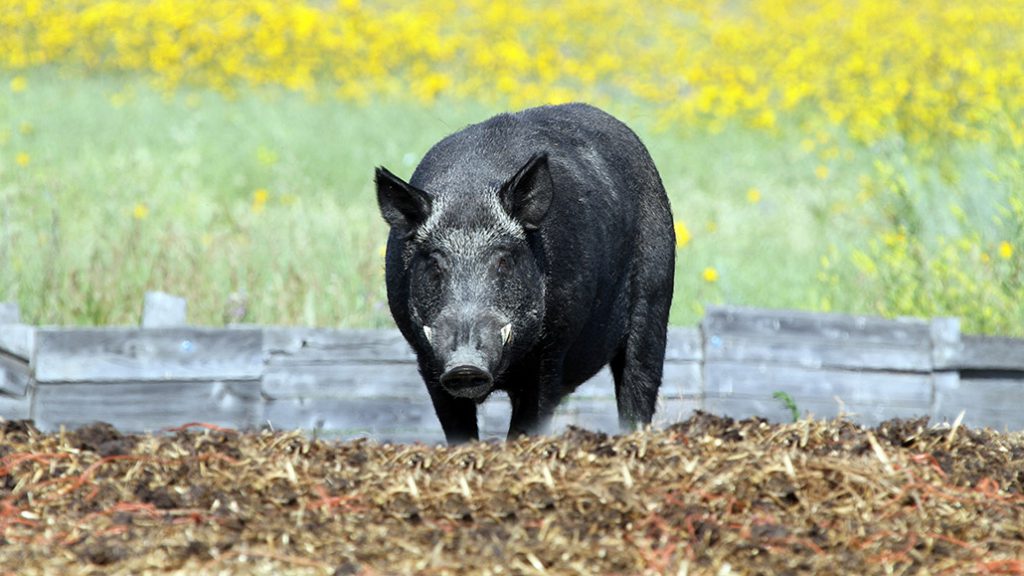
In this province, Dr. Erin Koen leads efforts to study and control the wild pig population. She is a research scientist at the Ministry of Natural Resources and Forestry (MNRF) and an adjunct professor at Trent University in Peterborough. At this point, Koen says the number of wild pigs in Ontario is quite small but hard to pin down.
“Many sightings appear to be of escaped domestic pigs or pot-bellied pigs, but not all sightings have been verified,” she explains. “It is too early to put a number on how many wild pigs are in the province because the number of reports we receive cannot easily be used to estimate the number of wild pigs. For example, sometimes we receive several reports of the same pig.”
In February, MNRF called on the public for information that would assist the agency in deciding whether to ask that wild pigs be regulated under the provincial Invasive Species Act. Comments have been received and additional public consultation will occur this fall. Koen says having wild pigs regulated under the Act could help with preventing entry of new wild pigs and enhance control of those already here. Regulation would prohibit releasing or hunting pigs, for example, and would enable Ministry staff to capture and remove the beasts.
HUNTING WORSENS THE PROBLEM
Although hunting wild boar is very popular in many U.S. states, it is strongly discouraged everywhere in the world. In other jurisdictions, hunting has done nothing to reduce populations and actually contributes to spread. When wild pigs are hunted, these intelligent and mostly-nocturnal animals learn ways to avoid humans and/or move to new areas.
The Ontario government states that landowners do “have the right to protect their property from wildlife damage,” but at the same time, must “ensure the pig is a wild pig,” and that “all relevant federal, provincial and municipal legislation regarding trespass, licensing and discharge of firearms” is followed.
SUCCESSFUL STRATEGIES, PILOT STUDY
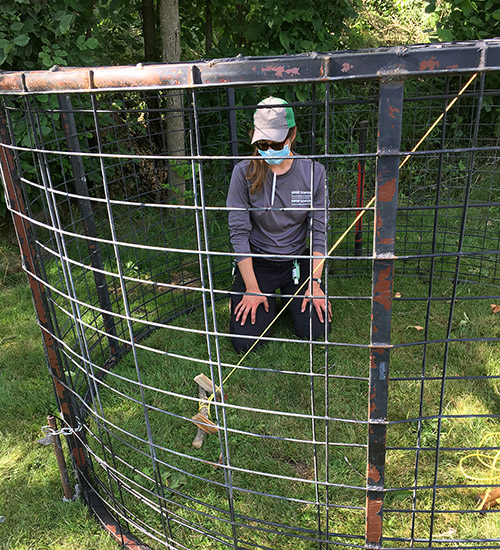
Ministry staff continue to work with partners and colleagues from various parts of North America to better understand the issue of wild pigs and their control. In a pilot study, which launched in January, Koen and her colleagues began investigating high-priority sightings. Covid-19 has forced a pause in the study, but Koen can report that ten locations in southern and eastern Ontario has been investigated where 22 sightings were reported.
“Reported sightings included escaped farmed domestic pigs, pet pot-bellied pigs, and Eurasian wild boar,” she says. “In five of the locations, there may still be wild pigs present. The Ministry will continue to monitor these locations to determine whether further action is appropriate.”
Koen adds that the Ministry is prepared to test approaches for trapping and removing wild pigs. “The most appropriate method will be assessed on a case-by-case basis,” she explains.
LOOKING FORWARD
Hopefully Ontario’s wild pig population will be kept under control because a large, established population can be virtually impossible to eradicate. In Texas, there are more than 1.5 million wild pigs and some experts doubt, even using a massive amount of resources, that it would be possible to get rid of them all.
In June 2019, the U.S. Department of Agriculture launched a $75 million ‘Feral Swine Eradication and Control Pilot Program,’ first introduced in 2018. Whether it will make a difference is yet to be seen, but in Colorado at least, success has already been achieved. In that state, eradication efforts started 15 years ago, led by a task force of various agencies. Through corral-type live traps/euthanization, aerial shooting, and extensive citizen and public service surveillance, the population is now believed to be zero.
However, since these animals are intelligent, adaptable, and highly mobile, it is likely that surveillance and continued eradication efforts in Colorado – and likely to start in the near future in Ontario – can be considered a new normal.
REPORTING
The Ministry asks the public to continue reporting wild pig sightings to help Koen and her colleagues understand the population size and location. Email sightings to wildpigs@ontario.ca or fill out the form here: https://www.inaturalist.org/projects/ontario-wild-pig-reporting This page also has a list of sightings.
WILD PIG APPEARANCE
Canadian wild pig appearance can vary substantially from resembling domestic pigs to resembling Eurasian wild boar. Their coat colour can range from very dark to light, black grey, brown, reddish, or white, and may have spots. Piglets may be striped or spotted.
These animals may have the following features: long snouts, large tusks, wedge-shaped heads and coarse hair. Adults are 3.5 to five feet long and up to three feet tall.
Pictures showing the range of appearance can be found here: www.ontario.ca/page/reporting-wild-pigs-ontario








